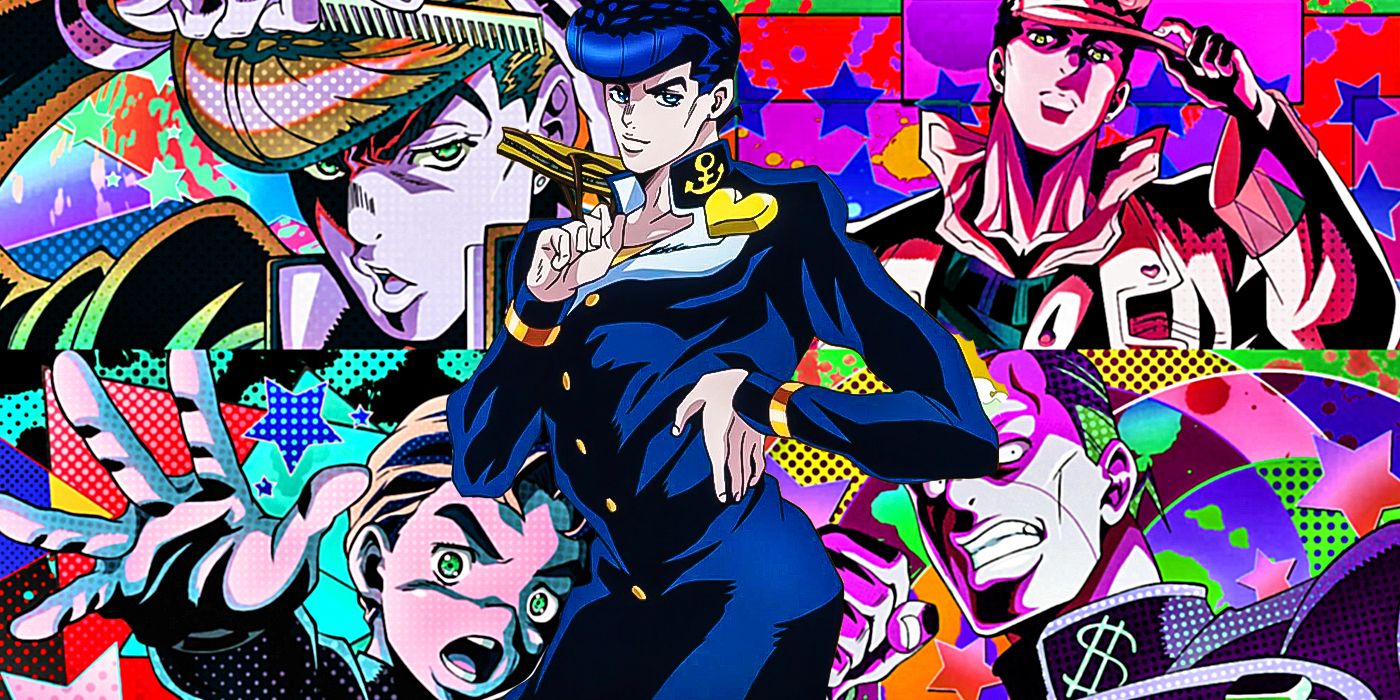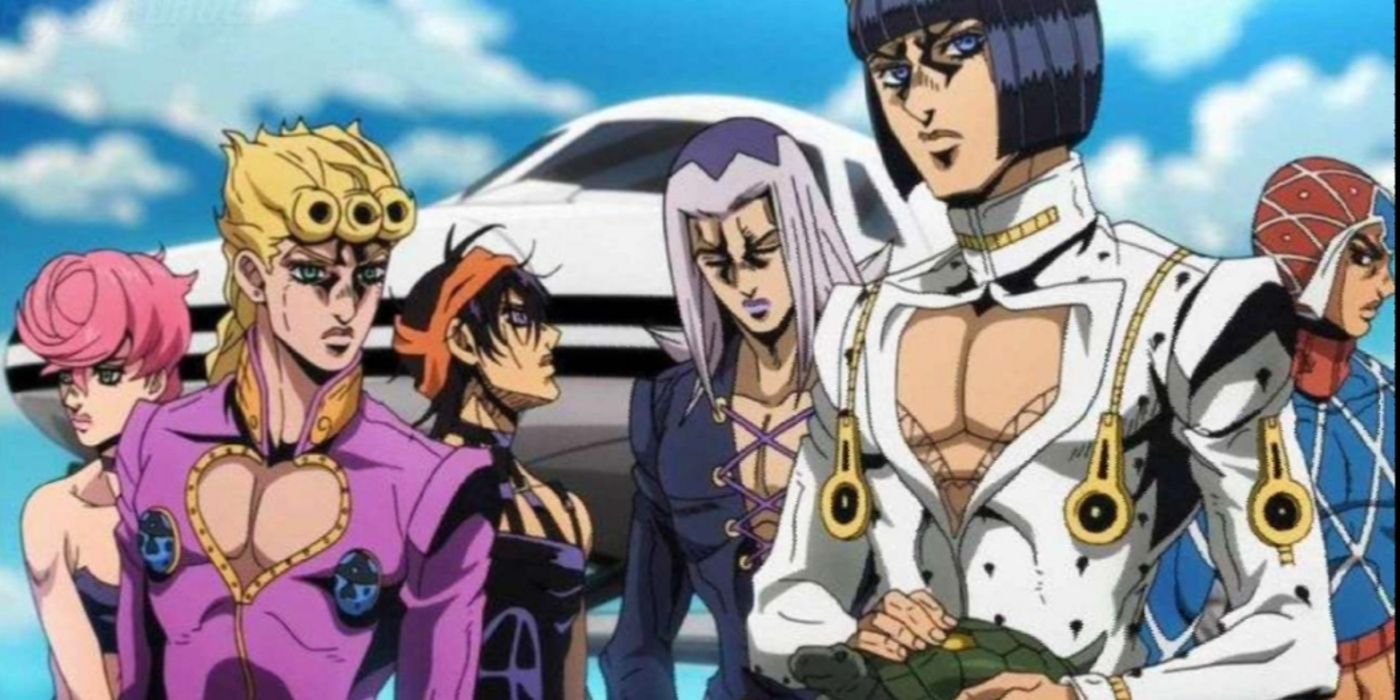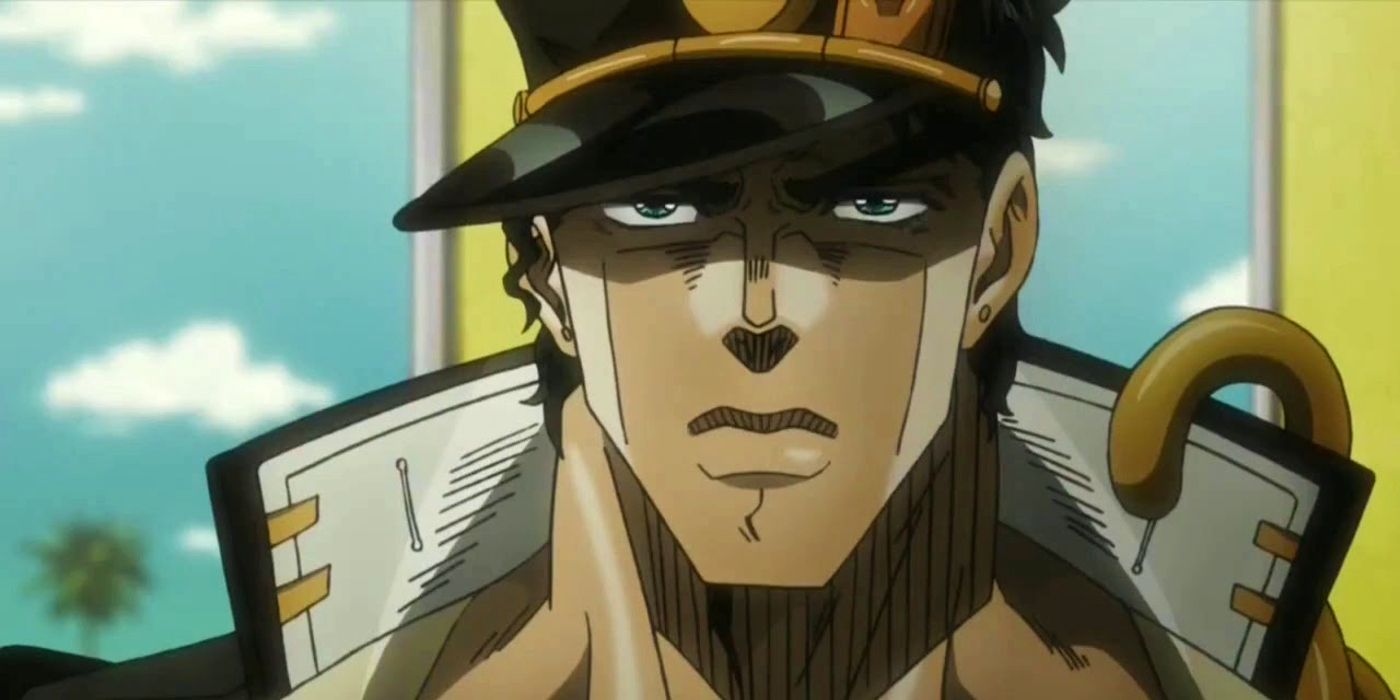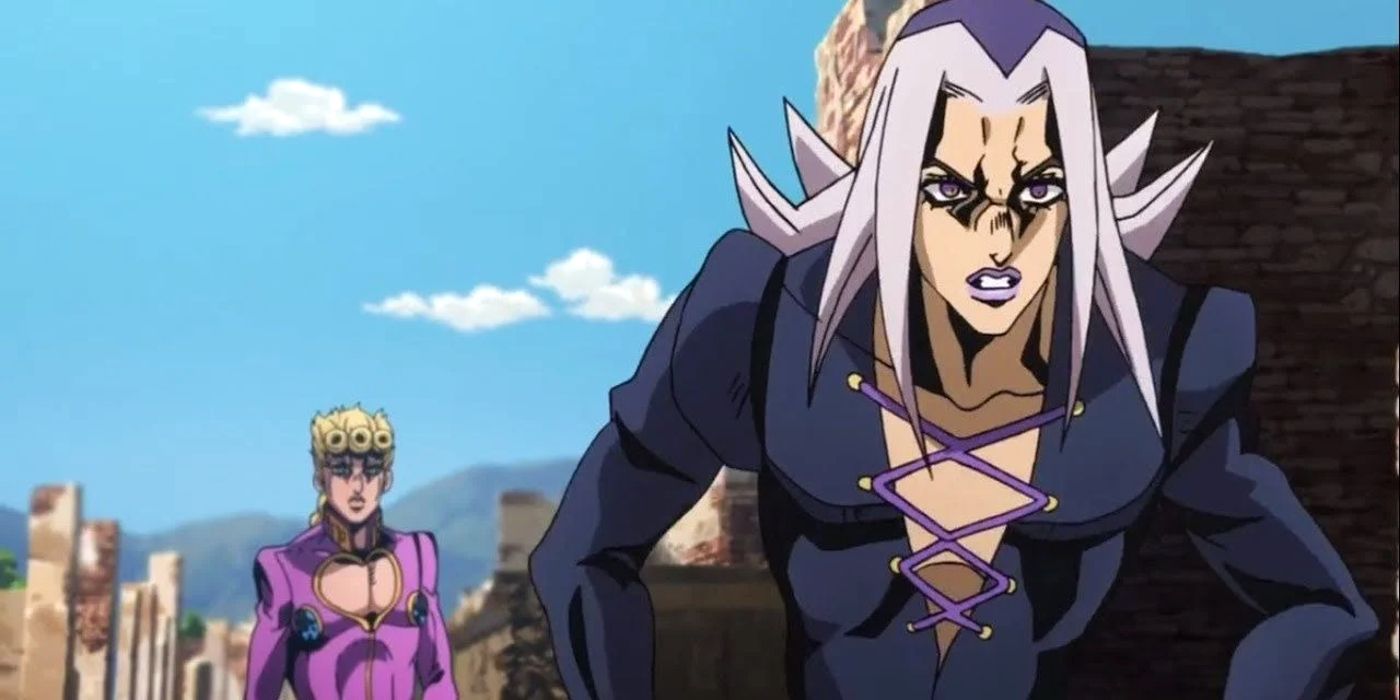Have you ever looked at the clothes an anime character was wearing and thought: “Wow, that has to be from Jojo’s Bizarre Adventure”? It’s not surprising if you have. Jojo, as a series, prides itself on being larger than life in every aspect, and that definitely includes fashion. Every chapter and character has a distinct style, and these styles are important to the worldbuilding of the series. They set the time period and location, of course, but they also help the audience understand some fundamental aspects of the characters, and how they express themselves. It’s also a way to slip in references not only from other parts of the series, but from outside influences that inspired it.
As with any series, Jojo’s Bizarre Adventure uses fashion to set the scene. Each Part of Jojo takes place in a different era, and thus, the style varies greatly. “Phantom Blood” takes place in late 1800s London and puts the characters in typical garb for the period: long-sleeved shirts, tunics, vests, and bowties. This style also reflects Jonathan’s - and by extension, Dio’s - upper class background. Some of his ensembles begin to take on a less historical look, such as his outfit during his fight with Tarkus (which became one of his most recognizable outfits), but they still keep some element of the period style. Similarly, “Battle Tendency” draws some inspiration from the fashion of the late 1930s. “Stardust Crusaders” begins to turn the fashion focus more towards location, which is fitting given that this is also the point when the series relocates to Japan and moves away from Hamon and towards Stands. For example, both Jotaro and Kakyoin wear some variation of a Japanese gakuran and Avdol wears clothes inspired by Egyptian style, such as the galabeya. This continues in “Diamond is Unbreakable,” where the main cast all wear modified Japanese school uniforms. We see another stylistic shift in “Vento Aureo” and “Stone Ocean,” where the fashion becomes full of bright colors, patterns, and cutouts.
It’s clear that in this sense, the fashion of Jojo steers the story. It marks pivotal moments in the series, such as the move from Western settings to Eastern settings and the change in focus from Hamon to Stands. It also demonstrates where the time period is important (Parts 1 and 2), and where location tends to be more important (Parts 3 and 4). Lastly, it marks where the series began taking place in the future (Parts 5 and 6) by using more outlandish fashion. These changes are an interesting way of marking major events, while also setting the tone for each Part. This is why it’s usually pretty easy to tell which Part of Jojo a character is from.
However, just like in the real world, fashion in Jojo also serves as a means of expression for the characters. Their outfits reflect the type of person they are and often represent their journey throughout the series. A good example of this is Joseph’s fashion evolution. We first see him in an outfit that reflects his energetic nature. It’s easy to move in, customizable, and shows his midriff. It’s all about the youthful pride and excitement he brings to every situation. After Caesar’s death, Joseph begins to wear the headband given to him by Caesar. In “Stardust Crusaders,” he switches to a style that covers him up more, but still keeps his adventurous spirit. Even in “Diamond is Unbreakable,” he still continues to wear a variation of the outfit from part three, but with a hat and coat added for warmth. Each stage of his life is marked by a specific outfit, but they all stay true to Joseph’s fundamental style. It’s his age that’s displayed in the changes.
Jotaro is another good example of this journey being displayed through fashion. His iconic look is his first one, a modified gakuran with a long gold chain and triangle patterned belts. It fits him perfectly throughout “Stardust Crusaders” as it presents him on the surface as a delinquent. However, his dedication to wearing the school uniform, even if it is worn improperly, and his care in upkeeping his expensive pants is a small way of depicting the other parts of his personality that are often overshadowed by his seemingly rough, emotionless demeanor: loyalty, intelligence, and gentleness. It’s easy to get lost in the coolness of this outfit, which is part of the appeal of it. It tricks the audience the way Jotaro tricks people into believing he’s always calm and collected. “Diamond is Unbreakable” shows this softer side of Jotaro. He wears white instead of black, has more colorful accent pieces, and the accessories on his jacket are hearts and dolphins, much more approachable than his previous chain. This signifies a shift from his demeanor in Part 3 to Part 4, when he has settled down and carved a place for himself in the field of marine biology. However, in “Stone Ocean,” there is another shift back to a color scheme similar to "Stardust Crusaders," as we see Jotaro struggle with his relationship with Jolyne and his health. For Jotaro, fashion is a way of conveying his feelings and interests in a way his expressions can’t.
Of course, these examples work well because Joseph and Jotaro have been in multiple Parts of the series. Their style has had plenty of time to evolve, and their character development has been able to see many ups and downs that could be displayed through clothing choices. However, the reflection of character development isn’t the only important means of expression in terms of fashion in Jojo. Fashion plays an interesting role in how masculinity is expressed throughout the series.
Most of the protagonists and allies of Jojo have been male. However, none of them are confined to typical gender expression in terms of clothes. Many male characters wear bright colors, crop tops, skirts, and makeup. Their clothes are form-fitting and revealing. There’s many examples of this, such as Bucciarati, who wears a two-piece suit with a low cut neckline that shows off a lacy shirt underneath. Abbacchio is another, with his signature lipstick and lace-up top. However, Anasui in "Stone Ocean" is probably the best example of this unconventional display of masculinity. He’s depicted in a tight mesh top, skirt, and thigh high boots, with bright pink lipstick. It’s interesting to see these fashion choices in a series that’s full of action and hulking, badass guys, and it says something about the way masculinity is viewed in the series. No one bats an eye at the clothes these men wear, which means that within the universe of Jojo it’s viewed as completely normal.
There’s no gender-typical style of dress within the series, and this is an important point the fashion of Jojo makes. Masculinity and femininity are easily combined in the style of the characters and represents freedom of expression. The fashion of the series is about being grand and expressing individuality and personality, and it does that so well because it doesn’t force characters to present in traditionally masculine or feminine ways. There’s also something to be said about the way the series doesn’t shy away from dressing male characters in the same way as female characters. Men in the series have clothes that reveal their chests and cling to their bodies, as women often do in anime. It’s refreshing to see the male characters and the female characters have similar designs in terms of fashion and for it to be seen as something normal and common within the universe of the series.
Lastly, the series inspired an enduring meme based on the idea that everything is a Jojo reference. The series itself, though, is also full of references, and many of them are found in the fashion of the characters. For example, Jonathan’s iconic look is based on the outfit of Fist of the North Star’s Kenshiro, who was generally a huge inspiration for Jonathan’s design. Jotaro’s Part 3 outfit is based on that of Babel II’s Koichi and alludes to the desert journey of “Stardust Crusaders.” Joseph’s Part 3 outfit was inspired by Indiana Jones, Giorno’s outfit was based on a Prince costume... there’s many more examples. Suffice it to say that many of the outfits the characters wear were influenced by musical artists, movies, manga and anime, and real world fashion.
There was a lot of attention and care put into the clothing of Jojo’s Bizarre Adventure. Beyond just looking really cool, the fashion in Jojo is used as a way to showcase character development and personality and steer the story. It marks pivotal plot points, such as changes in location and the switch from using Hamon to using Stands, and it sets the time period and location of each part. It’s also used as a means of expression for the characters. Fashion is used to show the journeys of certain characters, such as Joseph, Jotaro, and Abbacchio, but it’s also a way to show the unconventional masculinity of the series and how male characters are treated no differently from female characters in terms of the clothing they wear. The way the series uses fashion is fantastic, and its wild looks are fun, interesting, and absolutely iconic. They're definitely worth a second glance in order to truly understand how essential they are to the universe of Jojo’s Bizarre Adventure.




